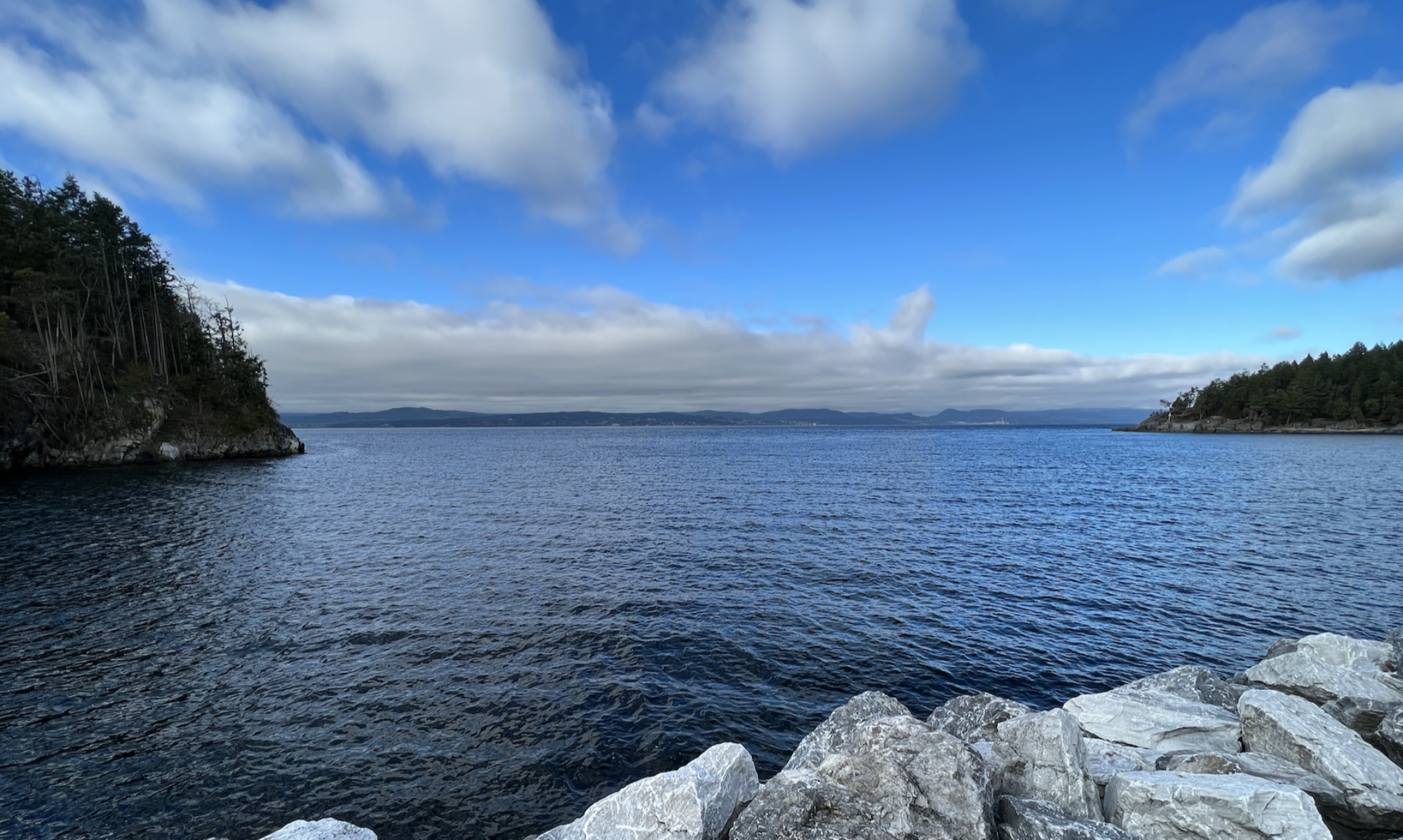I have been in several conversation threads lately about these two topics. Lots of good questions being asked by people on the Art of Hosting list-serve — Can you use the Art of Hosting as a pattern for governance in organizations? Also, lots of good issues coming up with some of my local colleagues at the Salt Lake Center for Engaging Community (SLCEC) and in relation with friends in The Berkana Institute network — What is the difference between these two and in what circumstances would either be called for?
I think the reason this feels so compelling to me is that most of my work settings are in the context of networks. They are groups of people that are connected by a cause and purpose, yet most of them are free agents, if you will, trying to offer what they can when they can. Many of these people are the pioneers of the world, the social entrepreneurs that are helping experiments of the new come to form.
At SLCEC, my overall effort comes under the heading of “change, leadership, and dialogue.” We are an organization, an institution (that can do things that individuals can’t). However, none of us are salaried. What happens through the center is because one of us or a combination of us offers something. We imagine something. We create it. We offer it. We take the risk — that feels like old language here, but it serves to name some of the dynamic. Even with the organization in place, the things that get done are because some of us offer it. Some of this is assignment. However, by far, most of this is volunteered or expressed willingly to meet a need.
I recognize similar dynamics in The Berkana Institute network. And really all of the affiliations I am in where I can get my work done. Through the Art of Hosting global community, we get things done by people offering to do it for a season. With my closest working and teaching companions, we come up with ideas and then we work from principles of invitation and offering.
My Grandfather, now 94, would have related to a job. He worked 40 years or so at one company. He was defined by his job. And in that era, the organizational form that made sense was much more about rules, descriptions, policies, and governance. All of that is good. All of that is at play today.
However, the network as organizational form is much more in place today. Or the Community of Practice. These forms are not sustained by governance in the same way that the organization my Grandfather worked needed it to be. They are sustained by stewarding from particular shared agreements, values, and practices. Today, in many cases (most), we work without guaranteed funding (or cut budgets). WIthout clear org charts. Without rigid boundaries even. For me some of the words that help to explain that are self-organization, emergence, and living systems.
The point of all of this, aha for me, is that these old patterns of governance and policy and permission are not the essential patterns needed to get work done in so many of todays organizational forms. Networks call for extreme volunteerism, running wildly. If you have people who care, celebrate. If you have groups of people with so much heart that you can’t track all that is happening, enjoy that chaos. That’s a good problem to have. It is key to the new organizational forms of these days. Humans in networks call for and ask for heartfull engagement, peer leadership — not authoritarian blessings or disapprovals.
Governance. Know when to focus on this model. Use it when it helps. Stewardship. Know when to experiment with this. Stewardship may feel more messy. It’s easy to default to governance. But noticing how that default chokes the lifeline of a network — well, there is a skill set important for all of us to develop. Learn to work in the mass that is a network. And notice how much things have changed in how things get done, even within organizations. Now through communities, networks, groups of people that want to do some good in the world.
Quite exciting really.
